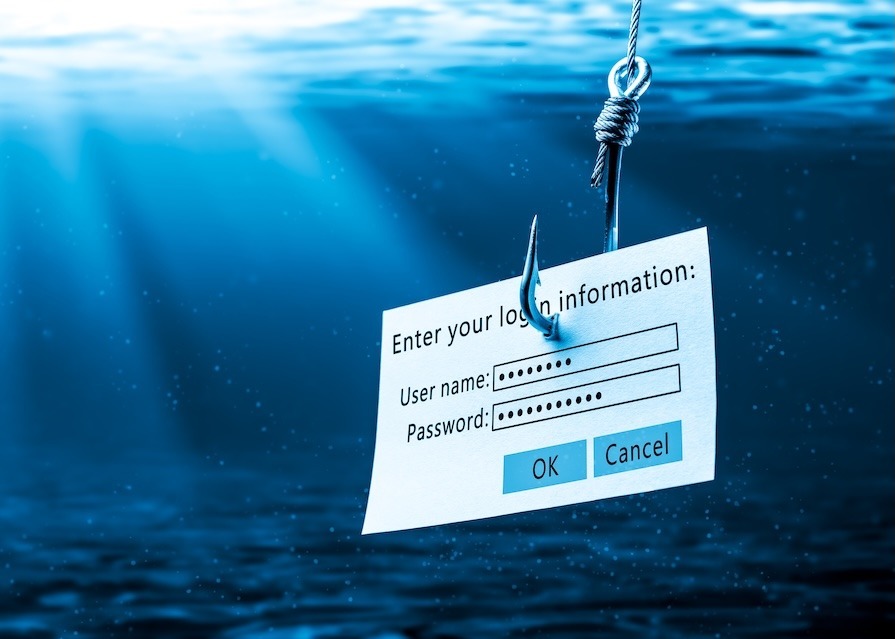The State of Email Security in 2025: How to Protect Your Users from Advanced Threats
Email: The #1 Target for Cyberattacks
It’s no secret that email remains the primary attack vector for cybercriminals. Despite advancements in security technologies, attackers continue to evolve their methods—phishing campaigns, business email compromise (BEC), and AI-driven attacks are becoming more sophisticated and harder to detect.
According to recent reports:
- 91% of cyberattacks originate from email. (Deloitte)
- 70% of ransomware infections stem from malicious emails. (TechTarget)
- AI-powered phishing attacks have increased by 126% in the last year alone. (Fortra)
So, why do these threats continue to succeed? The answer lies in gaps in email security, often caused by legacy systems, over-reliance on traditional defenses, and evolving attacker tactics.

The Rising Complexity of Email Threats
1. Phishing is More Convincing Than Ever
Gone are the days of poorly written, easily recognizable phishing emails. Attackers now leverage AI to craft context-aware, highly personalized emails that evade traditional detection mechanisms. They mimic trusted sources, using brand impersonation, business logic abuse, and even compromised accounts to deliver payloads or steal credentials.
2. Business Email Compromise (BEC) is Costing Billions
Unlike phishing, BEC attacks don’t rely on malware. Instead, attackers use social engineering to impersonate executives, vendors, or partners to trick employees into wire transfers or sensitive data disclosures. These attacks are difficult to detect with standard email filtering solutions and continue to cause significant financial losses.
3. Zero-Day and AI-Powered Threats Are Outpacing Traditional Defenses
Many organizations still rely heavily on signature-based detection and basic spam filters. The problem? Modern attacks use polymorphic techniques, AI-driven payloads, and living-off-the-land (LotL) tactics that bypass these traditional defenses. Even secure email gateways (SEGs) struggle to detect emerging threats in real time.
How to Strengthen Your Organization’s Email Security
To effectively combat these advanced threats, organizations must move beyond basic email filtering and adopt a layered, AI-driven approach to email security. Here’s how:
Implement Advanced Threat Protection (ATP)
Modern AI-driven threat detection solutions analyze email behavior, content, and metadata to detect anomalies that traditional filters miss. These solutions use real-time machine learning to identify threats before they reach users.
Adopt Zero-Trust Email Security
A zero-trust approach means assuming every email is potentially malicious. This includes:
- Email authentication (DMARC, DKIM, SPF) to prevent spoofing.
- Real-time behavioral analysis to detect suspicious patterns.
- User verification for wire transfer or sensitive data requests.
Strengthen User Awareness & Training
Technology alone isn’t enough. Even the best security solutions won’t stop an employee from falling for a well-crafted social engineering attack. Regular security awareness training, phishing simulations, and automated phishing detection alerts can significantly reduce user-based risks.
Deploy Inline Protection with Nondisruptive Testing
How do you know if your email security is actually working? A nondisruptive Proof of Value (POV) can help you assess:
- How many threats are bypassing your current security?
- Which users are being targeted most frequently?
- What email security gaps need to be addressed?
Are Your Defenses Holding Up?
Attackers aren’t slowing down—and neither should your email security.
Ask us about conducting a nondisruptive Email Security POV today.

Kevin Snoddy
Cybersecurity Solutions Architect
Kevin is an experienced Cybersecurity Solutions Architect with a strong track record of designing and implementing secure, scalable, and resilient security architectures for enterprise environments. With expertise across network security, cloud security, identity and access management, and threat detection, Kevin specializes in aligning security strategies with business objectives to reduce risk and enable growth. Adept at collaborating with cross-functional teams, Kevin leverages deep technical knowledge and industry best practices to deliver tailored solutions that protect critical assets while ensuring compliance. Passionate about staying ahead of emerging threats, Kevin is committed to continuous learning and helping organizations navigate the evolving cybersecurity landscape.
Strategic IT Spending in 2025: Maximizing Value Amid Price Hikes
In 2025, Gartner predicts global IT spending to increase by 9.8%, reaching $5.61 trillion. However, a significant portion of this growth is attributed to rising prices for IT products and services, which means that IT leaders must adopt more strategic approaches to...
Network Security Predictions for 2025
As organizations continue to evolve in world filled with bad actors, network security remains a cornerstone of their operational integrity. With 2025 now here, emerging technologies and evolving threats are set to redefine the cybersecurity landscape. Here, we explore...
Keep Your Data Secure this Holiday Season
As the holiday season is upon us, our lives become a flurry of activity: gift shopping, traveling, and catching up with loved ones. While the festivities are a joy, the increased online activity during this time creates a fertile ground for cybercriminals. Staying...


